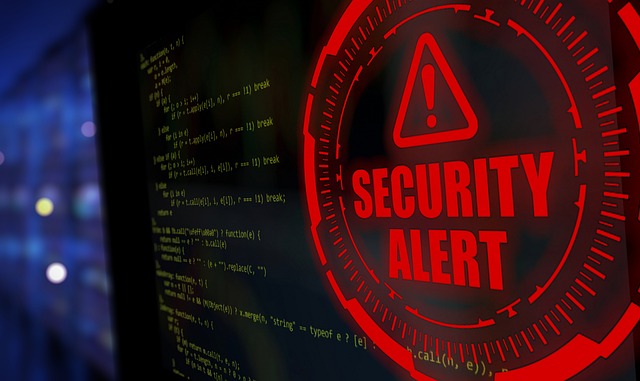With virtually every aspect of your business in digital form now, it is far past time to ensure your company is cyber-resilient. You’ve worked on market resilience, so you can weather the twists and turns of capitalism. Now, you need to ensure the data you’ve got stored onsite and in the cloud is unassailable. Because the vast majority of data breaches are due to human error, your best approach to cyber resilience will be through strengthening user privileges. Here’s how:
Control and Limit Access
Every person in your organization does not need access to your entire database. You might be a super trustworthy employer. Or maybe that’s just how your company has always done things. But as your company grows, and as tech has become more advanced, you’re now likely storing dozens of terabytes of data that, if hacked, could cause millions in losses. It’s time to crack down on your user privileges.
The best way to make this crackdown is to implement endpoint privilege management. This approach grants the highest clearance to your most trusted executives and administrators, and then your administrators will determine who else in the company needs access to what, when, and why. For example, many employees may need viewing privileges but not editing privileges. This single shift can mean the difference between getting hacked and preventing an attack.
Run Background Checks
Of course, every one of your employees with any kind of access to data, including access to storage devices and central storage networks, must be vetted. It’s not just a matter of knowing if your employees have a criminal background, either. You want to know if your employees have failed to protect data in the past, even if by accident. After all, 88% of data breaches are due to human error — a simple mistake.
So, yes, run basic criminal background checks on everyone you employ or contract out to who has access to your network. Don’t forget to include people like janitorial or cleaning companies that will be near the devices that store data. Furthermore, speak with previous employers and verify referrals to make sure you’re hiring trustworthy workers who take the security of your data seriously.
Train Employees on Clearly Defined Policies
Training is a critical component of shutting down user error. You don’t want someone to make a mistake through no real fault of their own. What this means is that you cannot simply print out documents on your security protocols and expect everyone to read and understand them. Many people won’t learn anything you try to teach them through the written word. This leaves you with a clear vulnerability, exposed, and easy to exploit.
Instead, have clearly defined security protocols in place, and then ensure your employees are well trained on them. You can gamify your security training by having your employees take quizzes, team up, and simulate real-life scenarios, or do online scavenger hunts to find potential security breaches. The more fun you make learning, the more likely employees are to actually comprehend what you’re telling them.
Track and Monitor Activities of Privileged Users
For those administrators and executives who do have the highest clearance, make sure you’re monitoring and tracking their activity as it relates to your data. You’ve likely heard the expression, “Trust but verify.” If it ever applies to any situation, cybersecurity would be it. You might run your company like one big family, but you still want to ensure everyone is held to the highest standard when it comes to security.
You can set up an AI monitoring system to track what your privileged users are doing every time they log in, what they’re doing, and detect any potentially threatening behavior. Hold regular reviews to evaluate your privileged users and determine if they are still a good fit for that position. Also, make sure these employees have strong passwords and two-step authentication set up for all their access. This way, you’re building another wall of protection around highly sensitive data.
Implement a Reward System for Protecting Data
Don’t worry, it’s not all gloom and doom. Do you want the highest level of protection? Of course. Should there be consequences for user errors and losses, intentional or otherwise? Again, of course. But you don’t want to create an environment of suspicion and tension. You want your employees to want to protect your data and keep your clients happy and loyal. You can do this by implementing a reward system that incentivizes people to keep your company secure.
Like with gamification training, you can set up rewards for employees who take advanced training in cybersecurity. You can offer points, badges, and other rewards for staff members who help other employees learn and train as well. You might even want to hold healthy competitions for teams who go the longest without security gaps. Getting your people excited about cybersecurity is a great way to strengthen user privileges.
In the end, you must take a well-rounded approach to ensuring your employees keep your security gaps closed. Your staff is your most vulnerable site when it comes to security, and while you may understand that, they might not. So be sure to share the statistics with them, let them know why cybersecurity is so important, and that you want them to succeed at keeping those gaps closed. More than likely, they’ll want your company to succeed, too.

